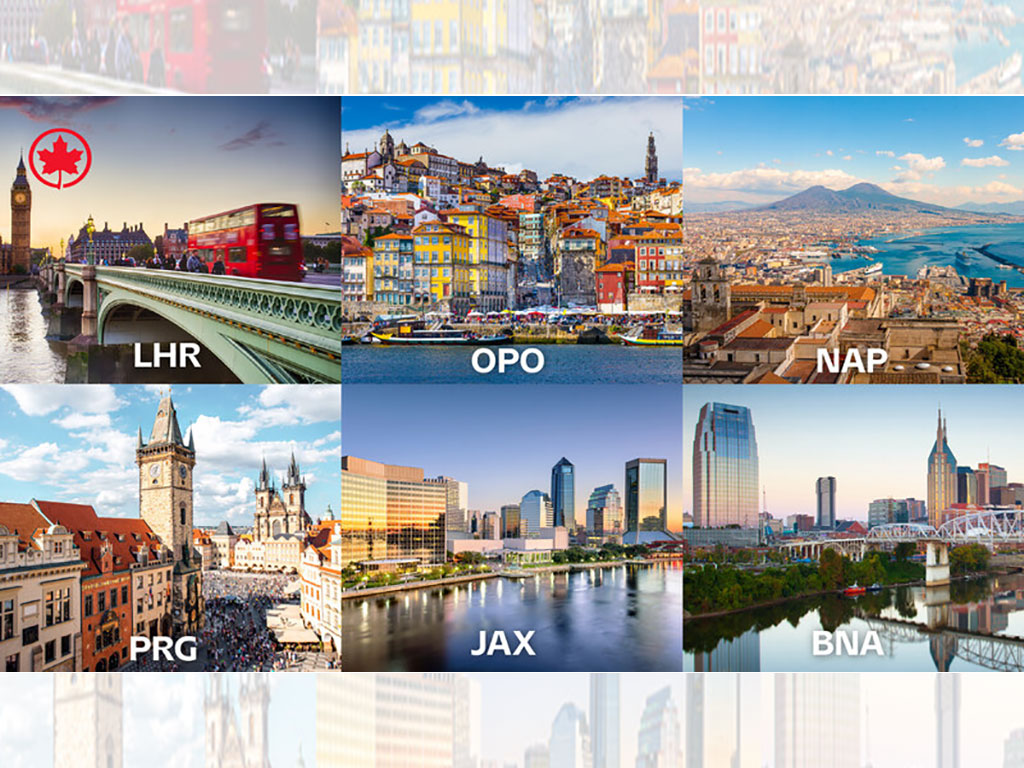IATA Reports ‘First Signals Of Uptick’
IATA is reporting that demand for air services is beginning to recover after hitting bottom in April.
Passenger demand in April (measured in revenue passenger kilometers or RPKs), plunged 94.3% compared to April 2019, as the COVID-19-related travel restrictions virtually shut down domestic and international air travel. This is a rate of decline never seen in the history of IATA’s traffic series, which dates back to 1990.
More recently, though, figures show that daily flight totals rose 30% between the low point on April 21 and May 27. This is primarily in domestic operations and off of a very low base (5.7% of 2019 demand).
While this uptick is not significant to the global dimension of the air transport industry, it does suggest that the industry has seen the bottom of the crisis, provided there is no recurrence.
In addition, it is the very first signal of aviation beginning the likely long process of re-establishing connectivity.
Alexandre de Juniac, IATA’s Director General and CEO, commented: “April was a disaster for aviation as air travel almost entirely stopped. But April may also represent the nadir of the crisis. Flight numbers are increasing. Countries are beginning to lift mobility restrictions. And business confidence is showing improvement in key markets such as China, Germany, and the US. These are positive signs as we start to rebuild the industry from a stand-still. The initial green shoots will take time — possibly years — to mature.”
In fact, IATA calculated that by the first week of April, governments in 75% of the markets tracked by IATA completely banned entry, while an additional 19% had limited travel restrictions or compulsory quarantine requirements for international arrivals.
The initial flight increases have been concentrated in domestic markets. Data from late May show that flight levels in Republic of Korea, China and Vietnam have risen to a point now just 22-28% lower than a year earlier.
Searches for air travel on Google also were up 25% by the end of May compared to the April low, although that’s a rise from a very low base and still 60% lower than at the start of the year.
Said de Juniac: “For aviation, April was our cruelest month. Governments had to take drastic action to slow the pandemic. But that has come with the economic cost of a traumatic global recession. Airlines will be key to the economic recovery. It is vital that the aviation industry is ready with bio-safety measures that passengers and air transport workers have confidence in. That’s why the speedy implementation of International Civil Aviation Organization’s (ICAO) global guidelines for safely re-starting aviation is the top priority.”



